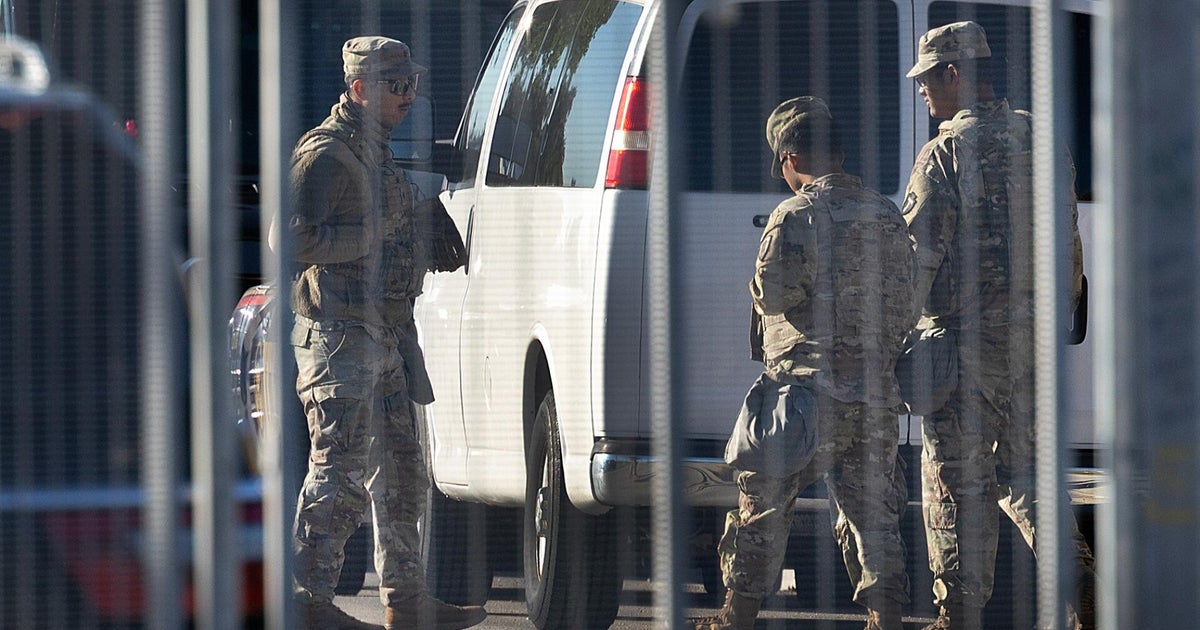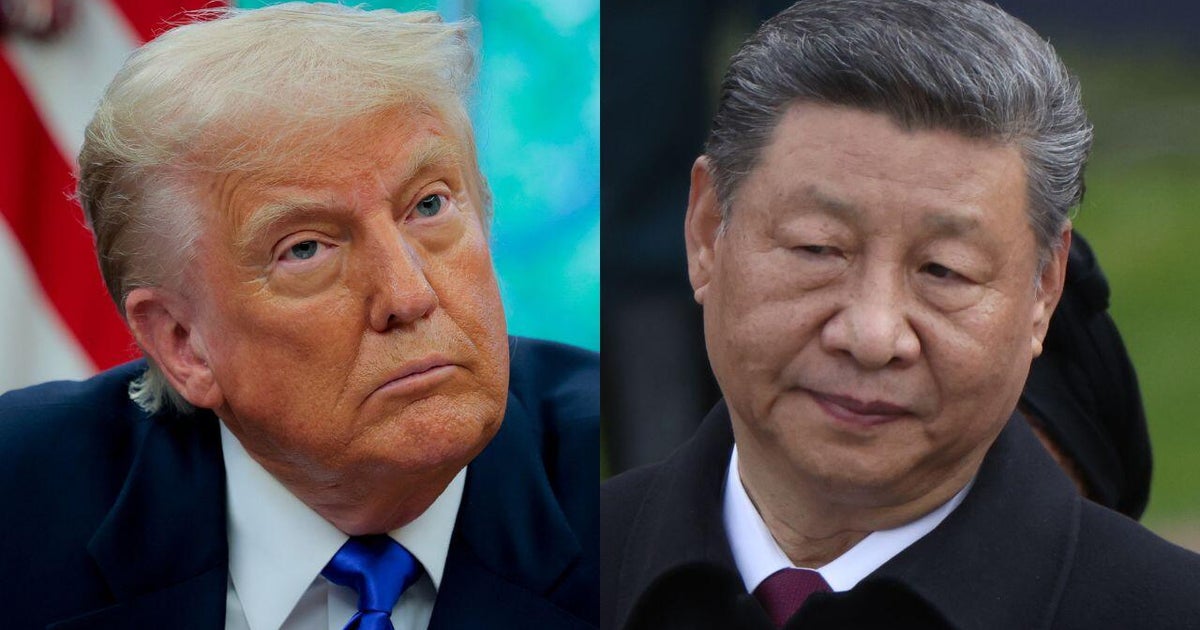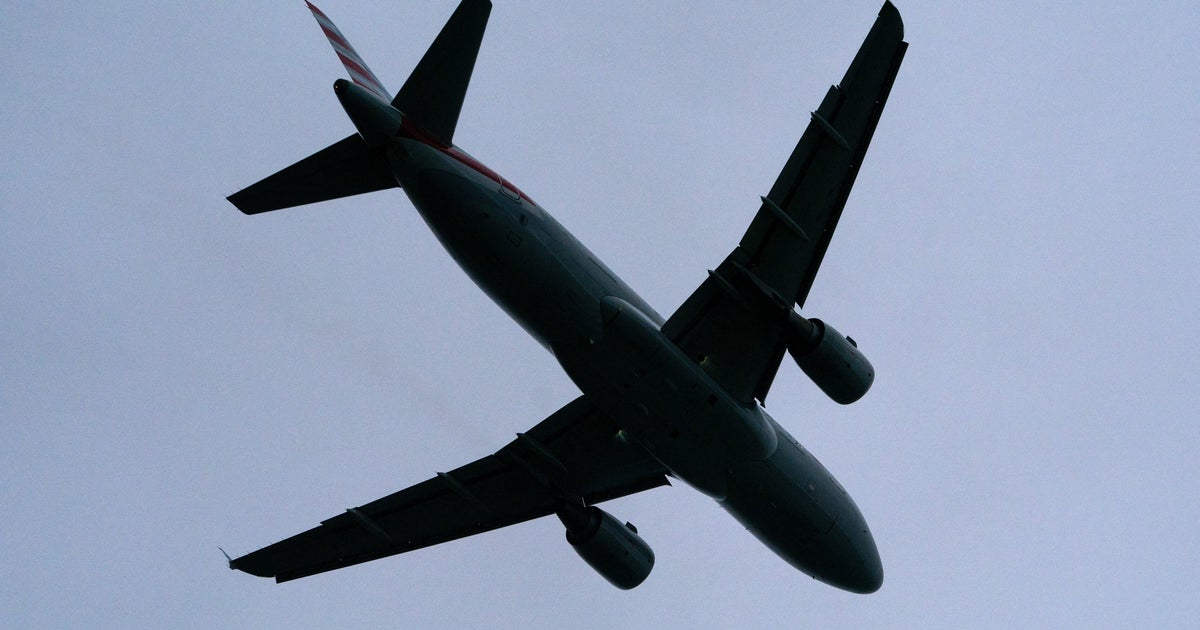Australia has invited the United States to use its planned Henderson defence facility to maintain its fleet of nuclear submarines, which could ease Trump administration fears that America has too few of the boats in the water at any one time to sell them under the AUKUS pact.
The federal government announced on Saturday it would spend $12 billion on building the Henderson precinct in Perth, including docks for nuclear submarine maintenance, as Prime Minister Anthony Albanese tries to lock in a meeting with US President Donald Trump later this month.

Australia has invited the US to maintain its submarines, such as this Virginia class boat, in WA.
Defence Minister Richard Marles said on Sunday the US would choose where to maintain their submarines “but we absolutely anticipate that this will be a facility which is available for them”.
Albanese will travel to the United States later this month for a meeting of the UN General Assembly after going to Papua New Guinea this week to sign a major defence pact.
The Trump administration is currently reviewing the AUKUS pact and has called on Australia to lift its share of defence spending as the president pushes an “America first” agenda abroad.
Marles repeatedly refused to clarify what percentage of GDP Australia would be spending on defence after the $12 billion investment in the Henderson base, saying current spending was at 2.8 per cent based on a calculation method used by NATO states.
In June, NATO states agreed to increase defence spending to 5 per cent, but that figure includes a broad range of largely civilian infrastructure that could potentially be helpful in the event of conflict, such as bridges.
Australia has traditionally used a stricter definition of defence spending that focuses on money going to the armed services.
On that measure, defence spending is about $59 billion or 2.05 per cent of GDP according to the Parliamentary Library and – before announcing the Henderson investment – the government planned for it to rise to 2.33 per cent by 2033.
Marles said the government was not focused on a percentage figure because “you can look at a range of different measures” as he was quizzed on the statistic on Insiders and then at a press conference in Perth. Overall spending on defence had risen under the Albanese government, Marles said.
The Trump administration has demanded Australia and other friendly nations in the region increase defence spending to 3.5 per cent of GDP.
Opposition defence spokesman Angus Taylor said the Albanese government was moving too slowly, with planning on Henderson not due to be completed until 2027.
“The reality is ground should have been broken on this facility years ago,” Taylor said in a statement reiterating the party’s commitment to a 3 per cent of GDP defence spending target.
Albanese ridiculed that approach on Sunday, arguing it was better to base spending on the needs of specific projects rather than towards a general target.
Loading
Modelling prepared by the independent Parliamentary Budget Office of the opposition’s plan at the last election to increase defence spending to 3 per cent of GDP suggested the overall cost would be approximately $156 billion, with an additional $24 billion in interest costs on Australia’s national debt.
Moving to 3.5 per cent by 2035-36 would cost an estimated $182.5 billion, with an extra $27 billion in interest payments for a total of $207.5 billion.
The United States is well behind its production goals for nuclear submarines, delivering about 1.2 boats a year when it needs to double that to be able to sell AUKUS vessels to Australia.
Most Viewed in Politics
Loading


















































